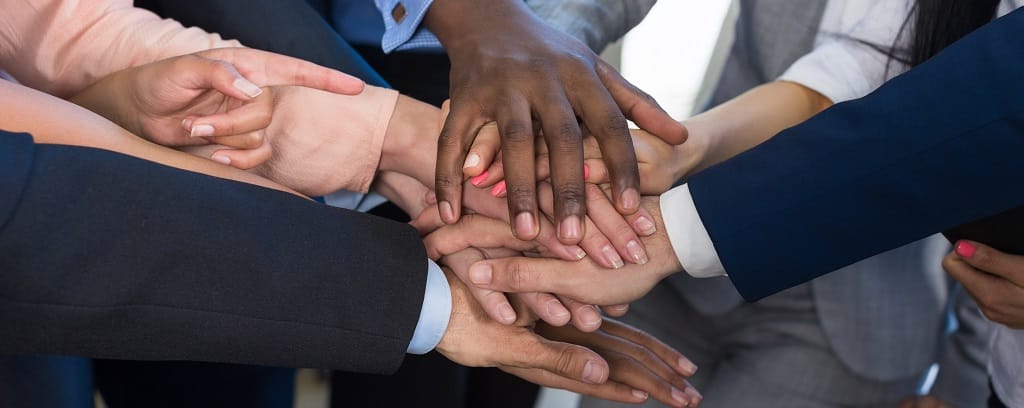This post is intended as a guide for those struggling with these emotionally-charged racial conflicts at home and at work. Let’s continue to strive for change and work towards a more equitable future.
Ten years after unarmed Black teenager, Michael Brown, was shot and killed by a white police officer, the list of similar incidents continues to grow, and the internet remains a platform for intense discussions of the ongoing racial tensions in the United States. As a lawyer, I understand the intricacies of such cases and the difficulties in choosing whether to indict an officer.
I also understand that the media often highlights aspects of stories that sensationalize them and incite heated arguments. This marketing tactic gets more clicks on stories, where they can show readers pay-per-click advertise they might accidentally open while scrolling. Be mindful of this when consuming news media and chose carefully what you want making thought patterns in your brain.
While I wasn’t privy to the grand jury’s deliberations, the Brown case raised questions about whether the decision not to indict was based on the evidence or influenced by racial bias. Regardless, a human being was killed, a family was left to grieve, and parents of Black boys asked what to tell their sons. Too many times, I have advised them to warn their children that they have a heightened responsibility to abide by laws and that even the most minor missteps can put their lives in danger. Even extreme diligence does not guarantee their safety, which makes me physically ill.
This post is a humble attempt to bring us all some peace regarding racial conflicts. Let’s try to do that using the process from my book, DIY Conflict Resolution: Seven Choices and Five Actions of the Masters.
Make the Seven Choices
I expect discussions of racial conflicts to be uncomfortable and emotionally-charged, so make the Seven Choices:
- Forgive yourself for feeling whatever you do. If you’re confused, hurt, conflicted, angry, etc. about racial conflicts, you’re not the only one.
- Acknowledge yourself for taking action. Being here, trying to learn and do something different is more than many people do.
- Forgive the world for having and creating conflicts. Being angry at the world won’t make it change. We have to change it.
- Free the emotions. Allow yourself to fully feel them and let them go in ways that don’t cause additional harm.
- Clear your mind. Put down your phone. Stop reading and watching the news. Focus on nothingness and the opportunities of a completely blank space.
- Assume nothing. Ignore everything you think you know about race, history, prior cases, psychology, religion, and other influences. Just be here, in this exploration.
- Listen with your third ear. What hurts do you have that need to be healed?
With compassion for ourselves and others, we can focus on finding solutions and taking actions toward them.
Action One: Define the Conflict
This definition will oversimplify this complex conflict, but it gives us a place to start. The conflict is arguably that many of us disagree with societal and legal rules that give us heightened responsibility for:
- Ourselves
- Our personal safety
- The safety of others
Action Two: Identify the Interests
As a woman, I understand the heightened responsibility for my own safety, especially when walking home alone at night. I’ve learned the importance of being fully aware of my surroundings and the potential risks. It’s not just about feeling safe; it’s about being safe.
You might share similar thoughts and feelings, finding it unfair that some of us require more protection than others. You want the same rules to apply to the privileged individuals who create and enforce them. At minimum, we need them to refrain from exploiting us for their gain. They, however, often don’t perceive themselves as privileged. Believing they bear the burden of protecting society, they might justify their actions or perceive danger where there is none.
Life is a complex game with no easy rules or perfect strategies. But one thing is certain: we must work together, aligning our rights and responsibilities with those of others.
Action Three: Play with the Possibilities
In an ideal resolution of this conflict, every individual would recognize their value and use their personal power to contribute to unified human race. Each of us would continually improve our skills in love, trust, and dispute resolution, so when conflicts arise, we move past them wiser and stronger.
Action Four: Create the Future
To realize this vision, we must accept our heightened responsibilities for ourselves and others. Acknowledging the realities we each face in our quest for unity, we must be brave, compassionate, and patient in our interactions with people who seem different from us.
Action Five: Stay on PARR
We didn’t get here in one step, and we’re not going to get anywhere new in one. To get the world we want, we must:
- Plan
- Act
- Revise
- Repeat
As often as necessary.
